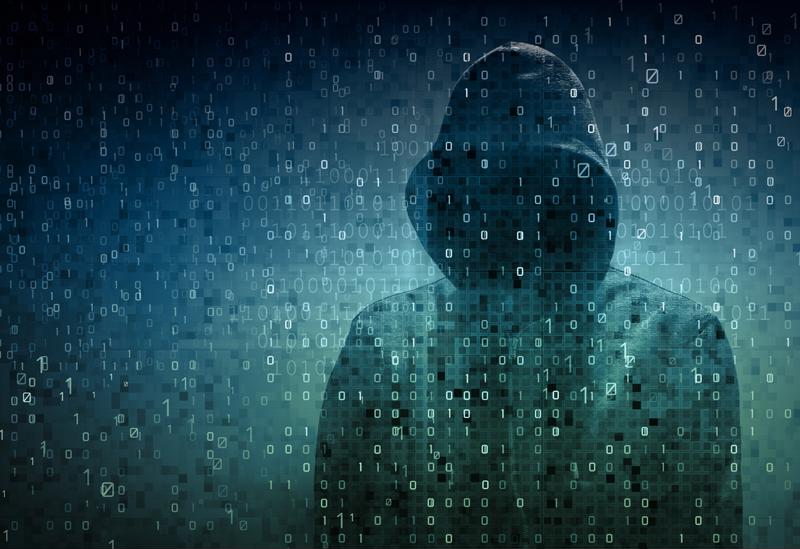Is your data center safe from spies?
Is your data center safe from spies?

The one thing that makes it difficult if not impossible to kill the internet is that there is no central hub. However, the next best thing to a colossal, universal mainframe is a data center. These facilities are scattered across continents, and they power the World Wide Web. Experts have even referred to them as the spine of the internet. If someone was intent on blowing up the internet, they'd start with data centers.
Granted, the notion of destroying the internet is farcical. But the idea that someone might sneak into a facility with the intent of data exfiltration, is quite real, and more pressing than ever before.
Mission impossible? More like mission improbable
Breaking into a modern data center isn't easy, but you don't have to be Ethan Hunt from the Mission Impossible franchise to do it. In 2014, thieves successfully broke into a database in Denmark belonging to an internet service provider, an incident that resulted in downtime for the ISP. The perpetrators achieved this by cutting a hole in one of the facility walls. Bewilderingly, they only stole a few network cards.
That said, many data centers are home to vast amounts of personally identifiable information (PII), intellectual property and even government secrets. And while cyberattacks tend to be the preferred method of infiltration, a physical intrusion can be just as threatening, if not more damaging.
"Unauthorized access can result in downtime, or worse, theft of sensitive data."
What's more, it doesn't take a spy or a thief to orchestrate these intrusions. Consider the concept of privilege escalation. In the virtual world, this entails exploiting a faulty program to gain elevated network access. The physical equivalent might be a guest with limited access to a facility sneaking into unauthorized sectors, or even an employee overstepping his or her bounds with malicious intent. In the data center, this unauthorized access can result in downtime, or worse, theft of sensitive data.

Bolster your data center security with real-time monitoring
Starting with the obvious, it's important that all data center entry points are well guarded, that any guests are accounted for and that limited access is enforced with physical authentication tokens such as contactless ID cards or biometric scanners.
Next, it's vital that facility managers implement a real-time monitoring system. These should be inclusive of strategically positioned dry-contact sensors that send alerts to predetermined staff if unauthorized personnel venture into areas with limited access. Anyone receiving this alert should ideally have the ability to remotely view a live video feed directed from IP cameras on the premises. This requires a web-based dashboard that authorized users can access even when they're miles away from the data center.
To be fair, these security measures might not deter Ethan Hunt or James Bond. But to the best of our knowledge, these super spies don't exist.
To learn more about the real-world, physical threats facing your data center, contact Geist today.



